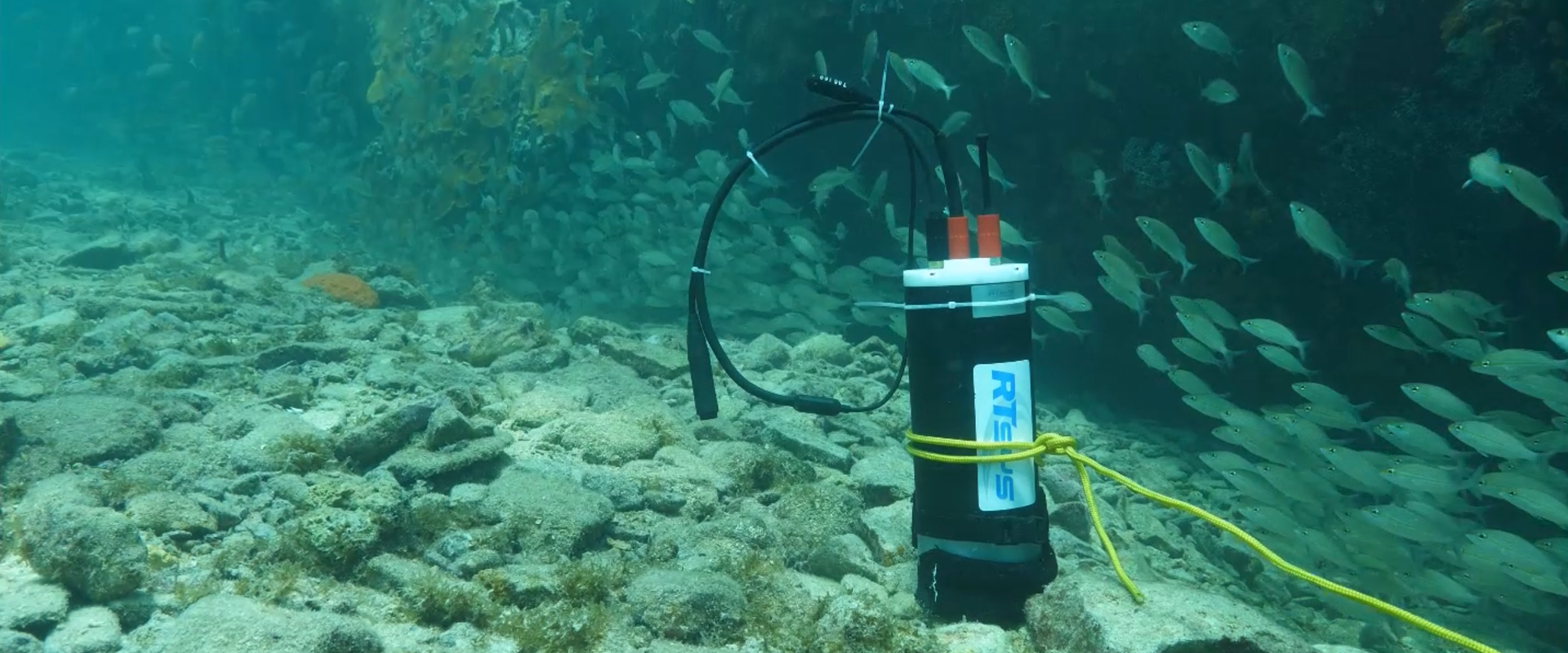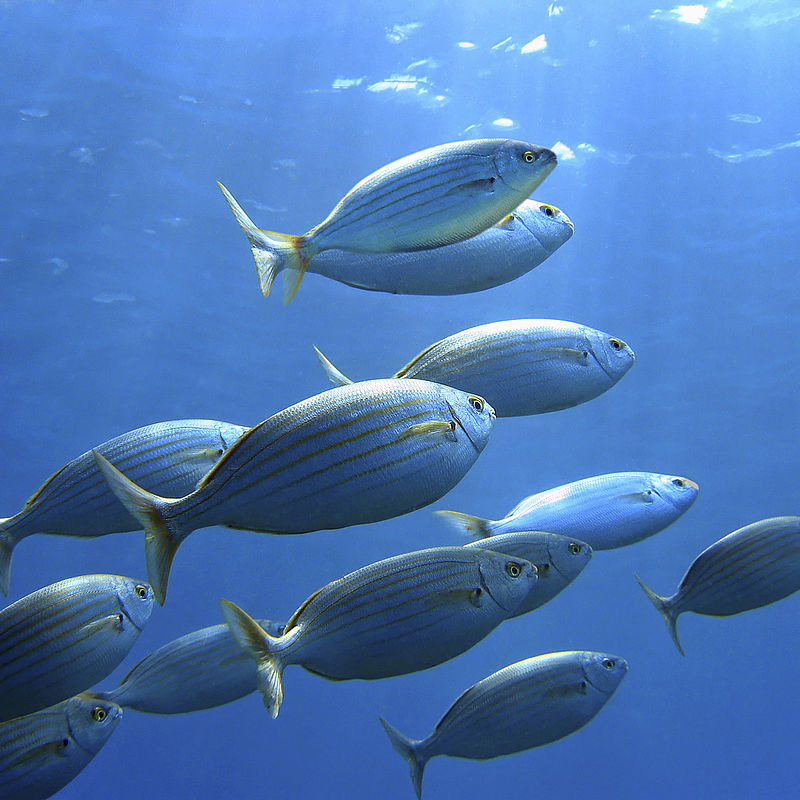
New measurement capabilities to protect the marine environment
Challenge
The EU Marine Strategy Framework Directive (MSFD) aims to protect vulnerable marine ecosystems by limiting underwater noise from man-made activity, such as shipping or construction work, which can adversely affect marine wildlife.
The sources of greatest environmental concern radiate most of their sound energy in the low frequency range 20 Hz to 1 kHz. However, the response of hydrophones, that are used to detect underwater noise, are relatively flat at these frequencies and require accurate calibrations for which no traceable methodologies existed in Europe.
In addition, no measurement standards existed for new, emerging technologies such as autonomous noise recorders that combine hydrophones with data acquisition and storage capabilities. These present particular challenges regarding low frequency calibration given the wide variety of acoustic sensors they can employ. If the hydrophone and recorder are calibrated as one system, then sound waves interacting with the body may influence the measurement result and if calibrated separately then the measurement results require combining to form the overall system sensitivity.
Thus, new metrology was required to ensure compliance to the MSFD. Furthermore, as underwater acoustics is a relatively immature field, metrology strategies were required to develop long-term capabilities in Europe within this area.
Solution
TÜBİTAK’s Marmara Research Center Materials Institute Underwater Acoustic Laboratory (MRC MI-UAL) coordinated the EMPIR project Underwater acoustic calibration standards for frequencies below 1 kHz which sought to address the measurement challenges posed by low frequency measurements.
During the project MRC MI-UAL developed a calibration method for hydrophones at frequencies from 20 Hz to 2 kHz using a novel pressure coupling chamber method. A similar methodology was used by MRC MIUAL and project partner NPL to establish calibration methods for autonomous noise recorders over the range 20 Hz to 1 kHz.
Project partners FOI, CNR and ISPRA also developed free field calibration setups and procedures for autonomous recorders and all methods were then validated through a series of inter-comparisons.
MRC MI-UAL now offers new calibration services for hydrophones and noise recorders in the frequency range from 20 Hz to 1 kHz, including the 63 Hz and 125 Hz third-octave low frequency bands specifically required by the MSFD.
Impact
RTsys, founded in 2010, is a R&D orientated company specializing in the design and manufacturing of advanced underwater acoustics systems. As well as manufacturing autonomous underwater vehicles and sonar for divers the company also produces acoustic recorders for scientific customers and people working on marine subjects – especially those around the MSFD.
MRC MI-UAL calibrated the company’s RESEA autonomous recorders before use in a six-month noise monitoring programme during construction of the 1915 bridge across the Dardanelle straits. With input from MRC MI-UAL the construction company was able to minimize disruption to marine life by avoiding certain sea regions, arranging the frequency and timing of their work and generating higher frequencies during piling.
RTsys can now perform acoustic measurements at low frequencies and provide more accurate calibration results and values to their customers, allowing them to use the RESEA recorders in a more efficient way and improving the accuracy and relevance of their post data collection processing. Individual strategies for long-term measurement capabilities and new or extended calibration services are now available in Europe for hydrophones and noise recorders in the low frequency range 20 Hz to 1 kHz.
This will enable industry and manufactures of recorder systems to demonstrate compliance to EU directives helping to protect vulnerable marine species.
- Category
- EMPIR,
- Environment,
